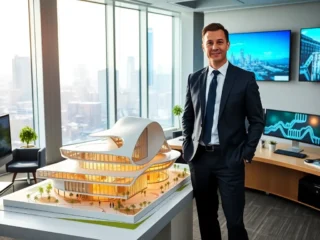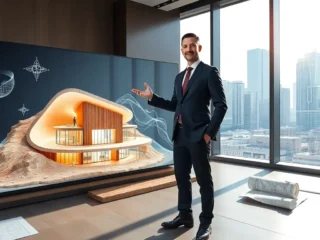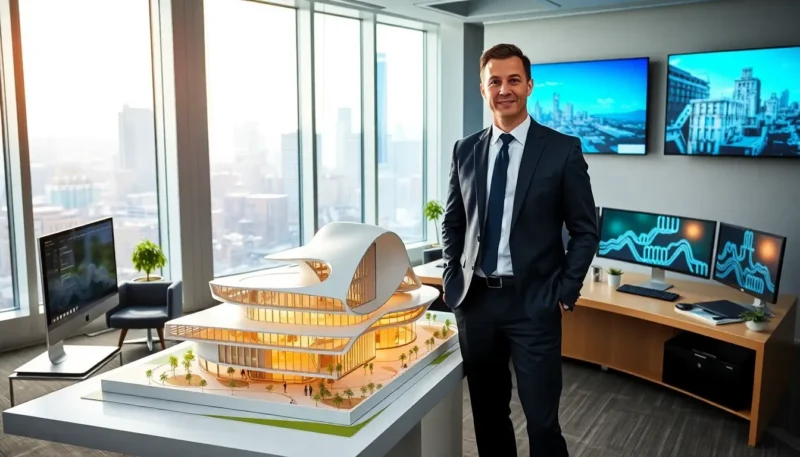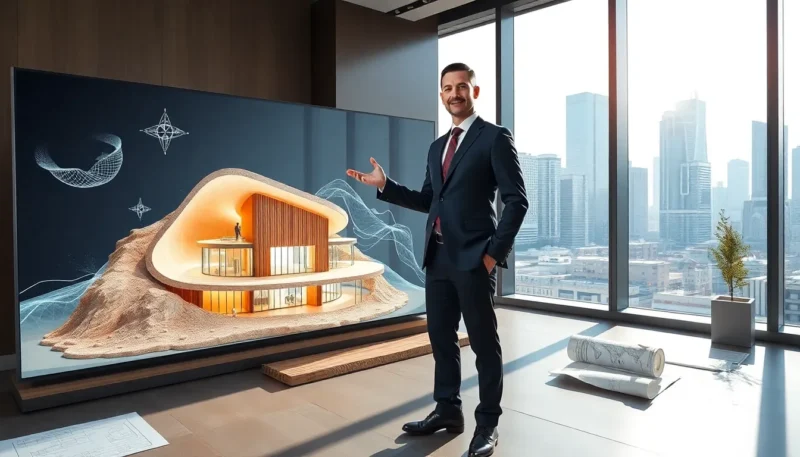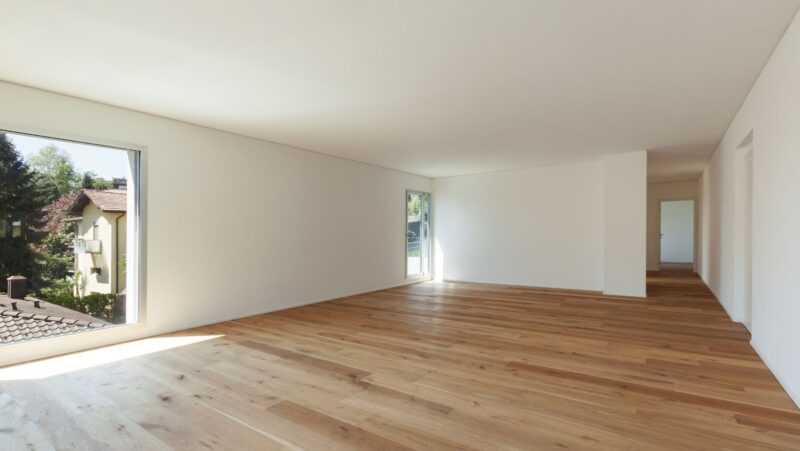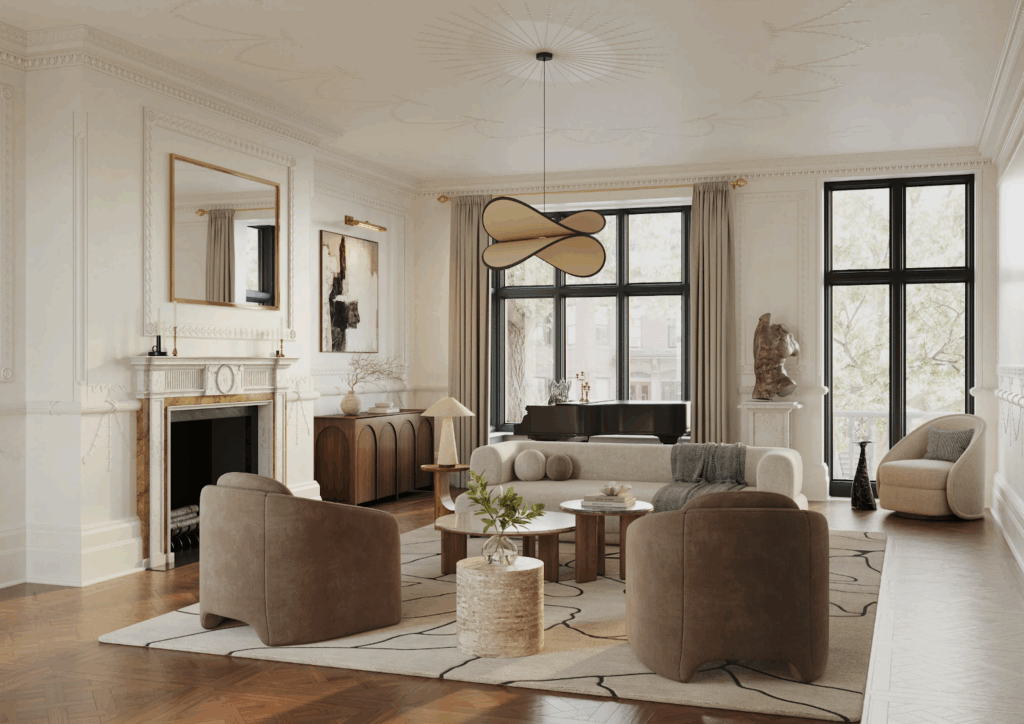
Imagine entering your dream home before a single wall is raised. The evening sun shines on a nice sofa, the dining table is arranged for guests, and the kitchen island already feels like the center of the home. You can feel the environment, not just see it.
This is the promise of three-dimensional interior rendering. Homeowners and designers are no longer confined to blueprints or mood boards; they may now preview a lifestyle as well as a plan. These immersive graphics replace ambiguity with clarity, enabling you to design with confidence.
Table Of Contents
- Watch It Before You Live It
- Design without regrets.
- Everyday scenarios in 3D.
- Emotional Connection through Visualization
- Selecting the Right Visualization Partner
- Conclusion
Watch It Before You Live It
Flat sketches suggest possibilities, but they do not represent the warmth of natural light or the comfort of materials in a lived-in environment. 3D visualizations make abstract concepts concrete.
A bedroom doesn’t just look on paper; notice how the morning sun softens the walls. A kitchen is more than simply dimensions; it’s a room full of texture and character. Even before the first brick is set, you know how it feels to stroll barefoot on the wooden floor or look across the open-plan living space for family meals.
This preview turns creativity into assurance, making the design process less guesswork and more about living the experience before it’s created.
Design without regrets.
Renovations frequently involve unexpected costs. The improper tile color, bulky cabinets, or a color that seems too frigid once painted are all examples of blunders that only become apparent after the fact.
Using 3d rendering services interior design reduces risks significantly. Materials may be swapped out instantaneously, layouts changed with ease, and lighting modified until the area seems correct.
Instead of stating “we’ll see when it’s done,” you may ratify all decisions ahead of time. That sense of control not only protects your budget, but also makes the design process fun rather than stressful.
Everyday scenarios in 3D.
The true magic resides in experiencing everyday life before it begins.
- Family gatherings. Consider how a dining table enables holiday feasts with family and friends.
- Morning rituals. Watch the sunshine filter into your breakfast nook and picture sipping coffee as the home gradually awakens.
- Entertaining pals. See how an open-plan area flows throughout a party, including where visitors will stand, where talks will occur, and where the music will fit in.
- Work-life balance. Test your home office layout for comfort and attention, making sure it feels both professional and personal.
Walking through these scenarios digitally allows you to shape the rhythms of your future life rather than just constructing rooms.
Emotional Connection through Visualization
Aside from practical benefits, 3D representations foster an emotional connection with a project. They let families visualize themselves moving about the room, such as children doing schoolwork at the kitchen counter, calm evenings by the fireplace, or late-night parties.
This emotional connection is important. It fosters confidence between designers and clients, excites developers and investors, and ensures that the end product seems personal. Homes are more than just walls and windows; they provide a backdrop for memories. Visualization makes this evident well before building begins.
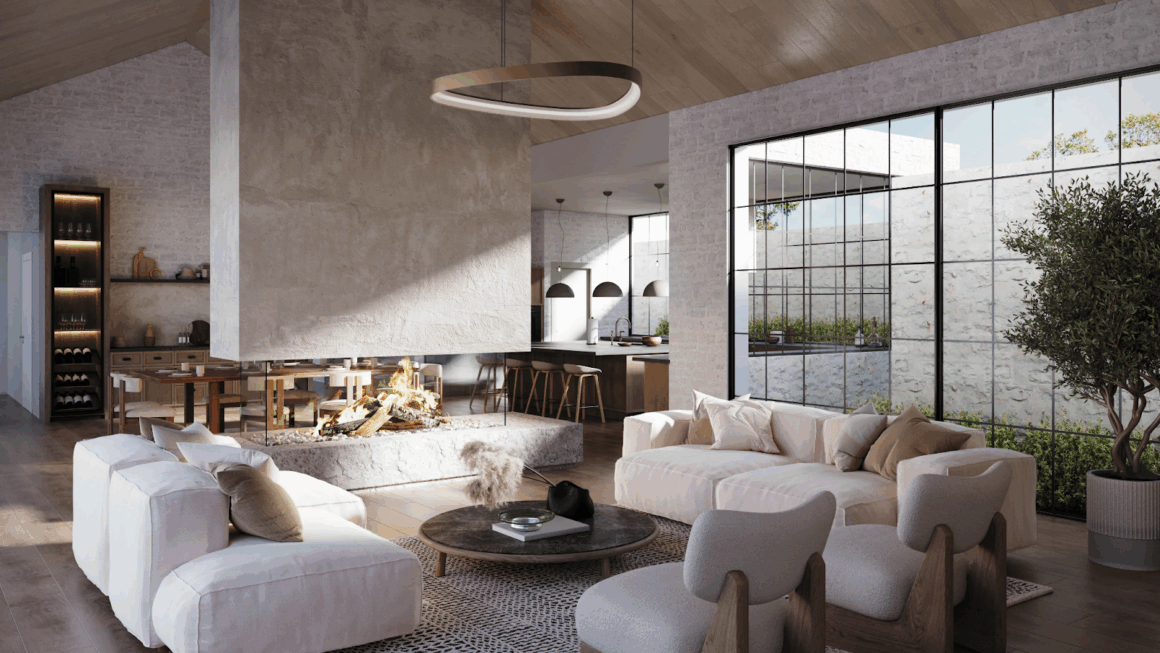
Selecting the Right Visualization Partner
A representation that appears sterile or fake will not instill confidence. To depict life as it genuinely feels, carefully select a visualization team:
- Portfolio realism. Look for natural light, textures, and a feeling of atmosphere. The photos should elicit an emotional response.
- Relevant experience. Residential interiors require a different approach than commercial looks. Ensure that your partner understands the subtleties of lifestyle spaces.
- A responsive procedure. The best partners listen, adapt, and improve specifics based on feedback. Communication is just as important as technical expertise.
- Revisions are flexible. Iteration is required to achieve the desired mood. A dependable partner includes revision rounds to ensure that the final graphics suit both style and lifestyle.
The proper rendering partner does more than just represent your space; they collaborate to create the home experience.
Conclusion
Home design is more than just choosing finishes; it’s about determining how living will feel in a room. 3D interior rendering bridges the gap, transforming doubt into clarity and creativity into lived experience.
By thoroughly previewing your future house, you may avoid costly mistakes, align expectations, and, most significantly, ensure that when the doors open, it seems like you’ve already lived there.
A house is never just a building. It’s a narrative waiting to be told, and 3D rendering allows you to start telling it today.



